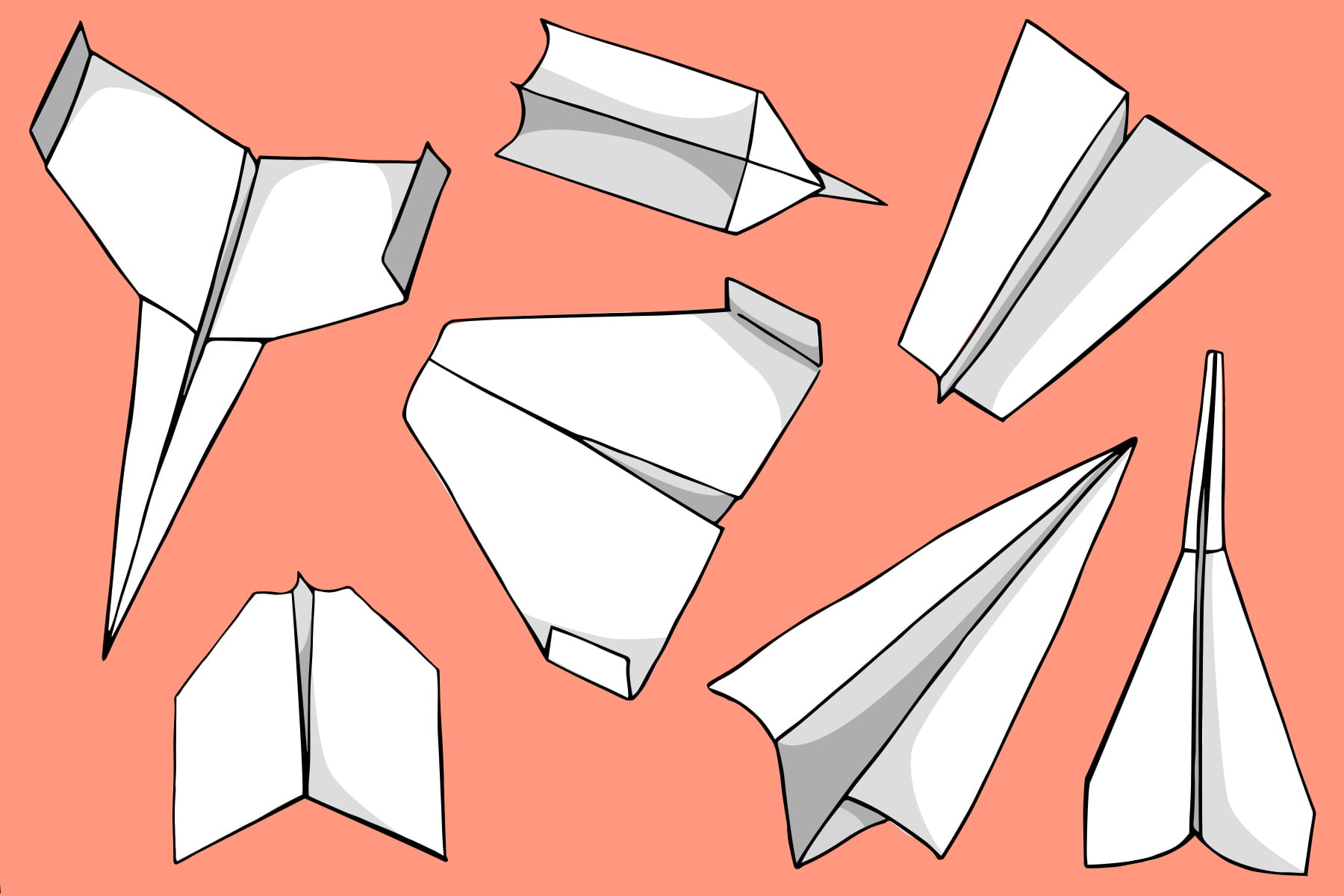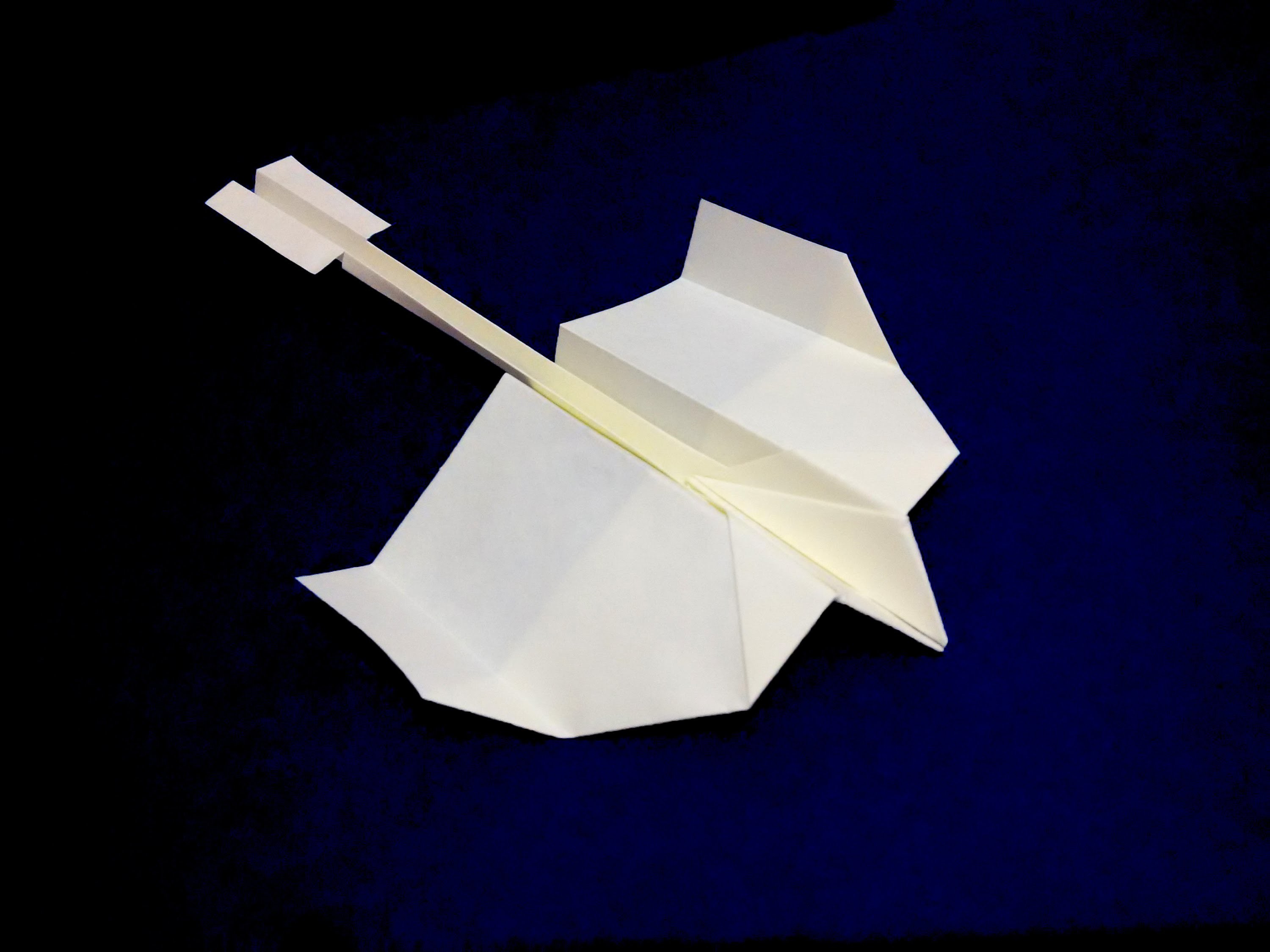Table Of Content
- World's Best Paper Airplane - Simple and Sturdy
- Step 10: Flying - Loop-de-loop and Wingover
- How to Make Paper Airplanes
- Folding instructions of Playing in Clouds paper airplane
- Step Two: Teach someone else how to make a plane
- How to Make the Best Paper Airplane for Distance
- Folding instructions of The O.G paper airplane

Behold the glory of Arturo’s Desert Eagle, weighing in at over 800 pounds and stretching an incredible 45+ feet long. Did we mention it can break 100 mph in flight? Sure, it crashed after only 10 seconds, but the fact is it’s friggin’ huge and does indeed fly. Cut hard and accurate, it’ll rip holes in those ceiling snowflakes that Betty from HR keeps hanging up around the holidays. If you seek smooth, long-distance flights, this design will glide gracefully through the air.
World's Best Paper Airplane - Simple and Sturdy
Red Bull Paper Wings: How to make a winning paper plane - Red Bull
Red Bull Paper Wings: How to make a winning paper plane.
Posted: Thu, 24 Feb 2022 08:00:00 GMT [source]
Parents and teachers will appreciate that folding and flying paper airplanes hones eye-hand coordination, motor skills, and attention to detail. There is something magical about seeing a child be patient and imaginative, embracing the spirit of experimentation and not afraid to try and fail, and try again. The striving for continuous improvement runs rampant in all paper airplane gurus, because even if you reach guru status, you know you can still always do better. This is an expert difficulty level paper airplane that requires skills to fold it right. Thus, it may take time to get the folds and create the perfect paper airplane.
Step 10: Flying - Loop-de-loop and Wingover
The heat process from the photocopy machine stiffens the paper. And the ink is not actually ink, it’s a microfine layer of plastic. Those two things—the heat and the plastic—help the paper hold a crease. Use something that’s in the recycle bin, you know? And don’t use something that’s been printed on.
How to Make Paper Airplanes
This paper airplane is a warm-up of sorts. It’s simple, requires few folds, and flies well. It’s just not going to win you any contests or style points. If it’s your kid’s first time making a real paper airplane, this is a good place to start.
Gravity is your enemy in this contest, so the higher you can throw it, the longer it will stay up. The goal is for it to go straight up and then level off and glide around in circles for as long as possible. Place your plane so the nose is facing left and fold most, grab one half, and fold it down straight across, as the picture indicates. You can make your wing as big as you choose. I've found that my plane performs best if I crease the wing 0.5-1 inch above the bottom of the plane. Turn your airplane over (first picture) and fold it in half along the middle line (second picture).

Leave it like that and proceed to the next step. Fold the upper right corner down 45 degrees, until it exactly touches the reference crease. 1]Repeat with the upper left corner. 2]Everything should be lined up as close to perfectly as possible. This leaves a reference crease down the center, which I have marked in red. Getting a tight spiral with a football is something that many people, like Mark Sanchez, have failed to get right.
Step Two: Teach someone else how to make a plane
It is hard to create this design and redoing some steps or the whole process can help you improve your skills. Bongo-Longo is an easy to create paper airplane. The step-by-step instructions below are easily understandable. Also, you can fly this paper airplane for a distance.
How to Make the Best Paper Airplane for Distance
This can cause wrinkles and unwanted creases. Show them how to carefully use their finger to press the paper flat in a smooth line. After a few tries, they will get the hang of it. To optimize your throw for time aloft, throw this paper airplane straight up as high as you can.
The average copier paper in the U.S. is pound stock. Guinness World Record rules allow us to use paper that weighs up to 100 GSM (grams per square meter), or about 26.4 pounds. When you’re looking for distance, you want your paper as heavy as possible. Use your dihedral gauges to set the angle at the nose at 165°, and at mid-wing 155°. Line up the left edge with the diagonal crease.
If you don't mind using a rubber band to add a little extra oomph, then try the Lift Off paper plane. It goes a bit further, but requires a good rubber band and a solid launch. First, fold the top left corner all the way down so it meets the right edge of the paper. You’ll then unfold, as this will be a guiding crease. First you fold the paper in half lengthwise, and then unfold.
Fold in half lengthwise and then unfold. As with the Bulldog above, this center crease is just a guide for future folds. This flies better when thrown at lower speeds. Your tendency is to launch it, but the heavy nose will just fly it into the ground. Give it a softer throw and you’ll have better luck. Paper airplanes can be enjoyed solo or with others.
Explore the principles of flight stability, airfoil design, and the creative paper folding that contributes to the aerodynamic efficiency of your paper airplane. These factors, when combined, turn your paper plane into a high-performance flying machine. To optimize your throw for distance, try tossing this paper airplane at a 45° upward angle. Throw as hard as you can without causing the paper to deform in the wind.
A good rule of thumb is that the keel should be a quarter inch tall at the snub nose, and 3/4's of an inch at the tail. I know this sounds confusing, just look at the fold marked in red in Pic. 3 and hopefully what I mean will be clear [Pic.
They can be a healthy form of competition. They exemplify mathematics, geometry, and physics principles. And paper airplanes can be extremely active, getting the body moving to throw and retrieve them. It is a decorative type of paper airplane. However, it is a hard design that may take time and skills to get it right.

No comments:
Post a Comment